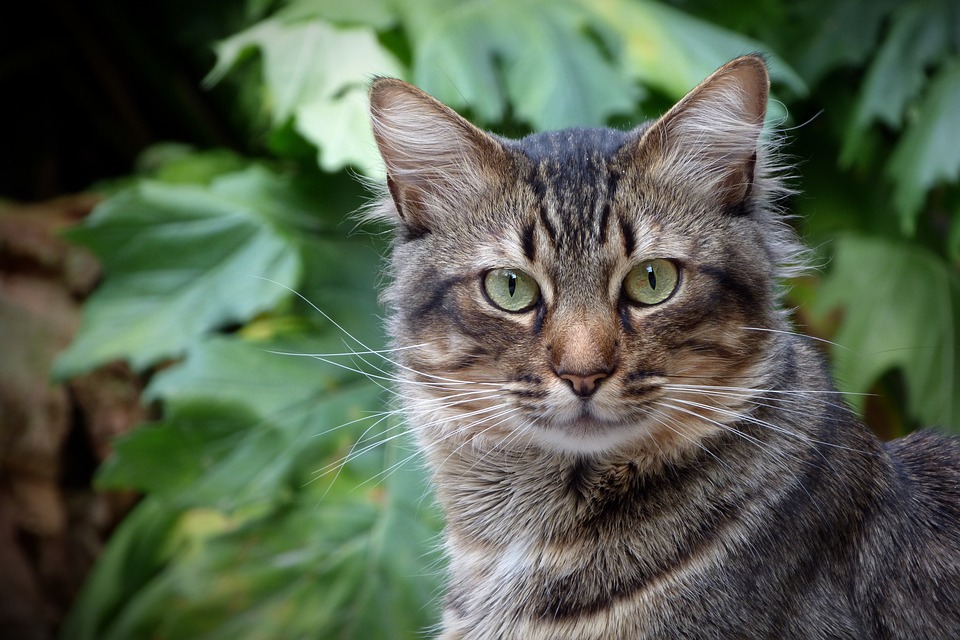Fleas are a common nuisance for cats, causing discomfort and potential health risks. If you’ve discovered a flea infestation, it’s crucial to take immediate action to protect your feline companion and rid your home of these pesky pests. In this step-by-step guide, we will walk you through the process of eradicating a cat flea infestation, while also providing answers to frequently asked questions.
1. Identifying a Cat Flea Infestation
The first step in dealing with a flea infestation is recognizing the signs. Look out for excessive scratching, biting, or grooming behavior in your cat. Fleas are tiny, dark brown insects that move quickly, so examining your cat’s fur can help you spot them. Additionally, check for flea dirt, which looks like black specks or small dark particles, and flea eggs, which are small and white.
2. Treating Your Cat
Consulting a veterinarian is essential for a proper diagnosis and treatment plan. They can recommend the most effective flea treatment for your cat. Topical or oral flea treatments are often prescribed and should be administered according to the instructions. Additionally, flea collars or flea shampoos can be used as supplementary measures to help eliminate the fleas.
3. Cleaning Your Home
Fleas can hide in carpets, upholstery, and bedding, so regular vacuuming is crucial. Make sure to vacuum all areas thoroughly, paying special attention to areas where your cat spends time. Washing your cat’s bedding and toys in hot water can help kill any fleas or eggs present. Flea sprays or foggers can also be used in infested areas, following the instructions on the product.
4. Treating Your Yard
Fleas can also infest your yard, so it’s important to address the outdoor environment. Mow your lawn regularly and remove any debris or tall grass where fleas may thrive. Pet-safe flea control products can be applied to your yard, following the instructions on the packaging. During the treatment phase, it’s best to limit your cat’s outdoor access to prevent re-infestation.
5. Preventing Future Infestations
Prevention is key to avoid future flea infestations. Keeping your cat on a regular flea prevention regimen, such as monthly treatments, can help keep fleas at bay. Maintaining a clean and clutter-free home environment also reduces the chances of flea infestations. Remember to treat any other pets in your household for fleas as well.
FAQs: Frequently Asked Questions
Q1. Can cats get fleas from other animals or humans?
Yes, cats can get fleas from other animals or humans. Fleas can be transmitted through close contact, so it’s important to take preventive measures for all pets in the household to avoid infestations.
Q2. How often should I treat my cat for fleas?
The frequency of flea treatment depends on your cat’s lifestyle and risk factors. Consult with your veterinarian to determine the best treatment schedule for your cat. Some long-lasting preventive products can provide protection for up to several months.
Q3. Are over-the-counter flea treatments safe for my cat?
Not all over-the-counter flea treatments are safe for cats. Some may contain ingredients that are toxic to felines. It’s crucial to consult with a veterinarian before using any product on your cat to ensure its safety.
Q4. Can fleas cause health problems for my cat?
Yes, fleas can cause various health issues for cats. Flea allergy dermatitis is a common condition that can lead to skin irritation and hair loss. In severe cases, fleas can cause anemia due to blood loss. Prompt treatment and prevention are essential to protect your cat’s health.
Q5. How long does it take to completely eliminate a flea infestation?
Eliminating a flea infestation can take several weeks or even months. This is because fleas have a life cycle that includes eggs, larvae, pupae, and adult stages. Consistent and thorough treatment is necessary to eradicate fleas at each stage of their life cycle.
Q6. Are there any natural remedies for treating fleas on cats?
There are some natural remedies that can help treat fleas on cats. These include using essential oils, diatomaceous earth, and regular grooming. However, it’s important to exercise caution and consult with a veterinarian before using any natural remedies to ensure their safety and effectiveness.
By following this step-by-step guide, you’ll be well-equipped to tackle a cat flea infestation effectively and prevent future occurrences. Remember, seeking professional advice from a veterinarian is always recommended to ensure the health and safety of your beloved feline companion.








